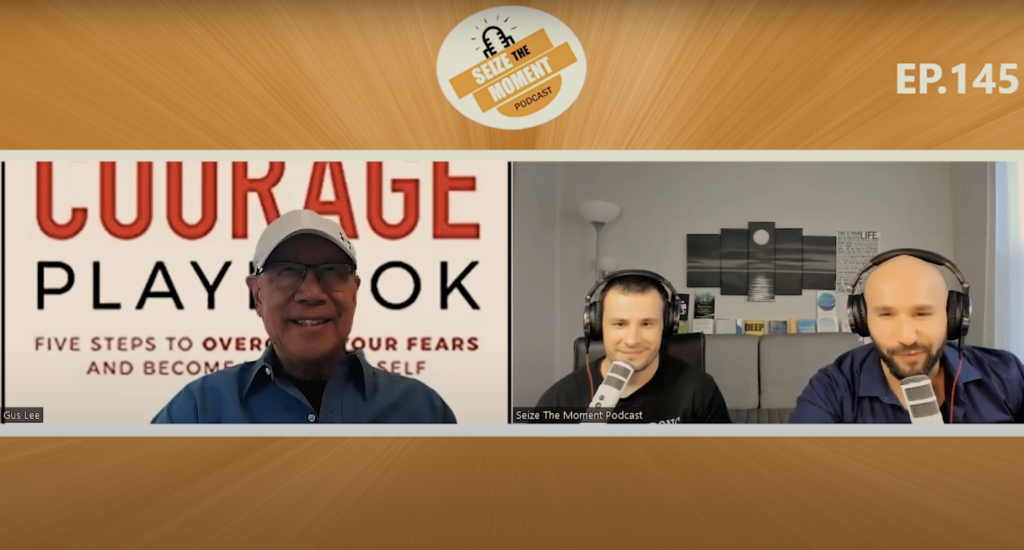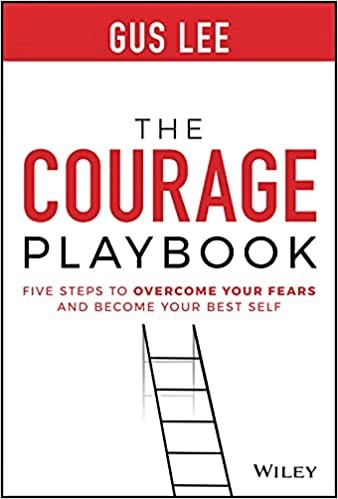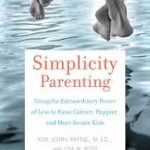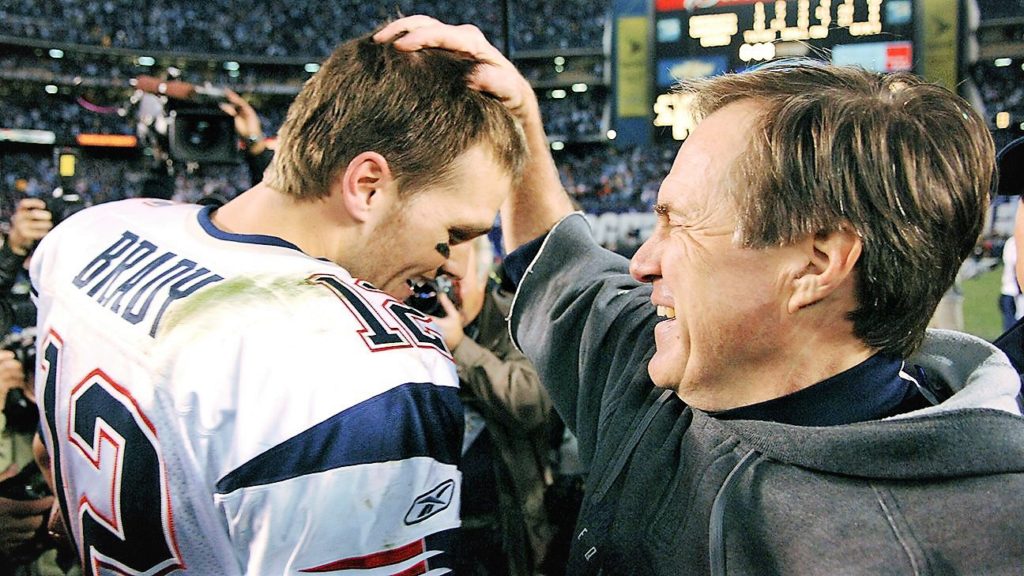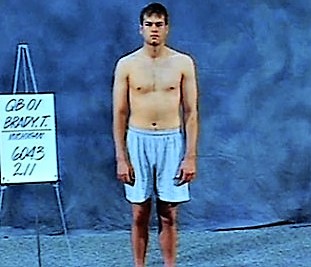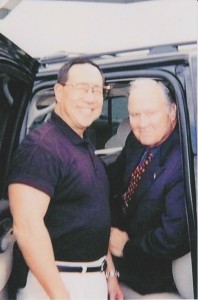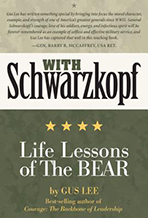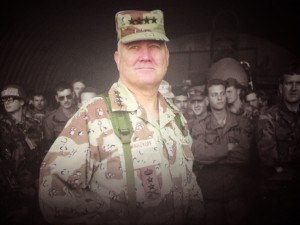What do humans really need? Surveys say we simply need to be loved, happy, prosperous, safe, and free. Then culture pitches its popular shiny objects of friends, smarts, health, wealth, power. Result? Two-thirds of us are unhappy, and we get dropped from the Global List of Happy Countries. Eighty percent of Americans dislikes our divisive politics and inflation is at 18%. Half our workers are miserable; the odds of global thermonuclear war jumped in 2023; and half of our 18-25-year-olds fall into clinical anxiety.
Okay, that’s the humorous part.
Experts have long held that humans only need the one thing. Happily, that One Thing also produces the outcomes we want. Philosopher Aristotle empirically discovered it as the quality that guarantees the goodness of all other human qualities. Influencer J.M. Barrie taught it as the essential virtue in life. Prime Minister Winston Churchill used it to inspire a hopeless, defeated nation as it faced total defeat. Poet Laureate Maya Angelou said that it makes everything we need come alive. Author Brené Brown found that it correlates with human happiness. A small band of leadership experts recognize it as the single most important human ability in leaders, and in finding meaning, attaining contentment, and producing sustainable organizational success. Yet this One Thing never hits our lists of crucial needs. What is it?
It’s long been Moral Courage. Hugely needed, grossly misunderstood, scratched from all curricula, and functionally forgotten, this discarded truth doesn’t need us, but we badly need it. Courage causes some, amid our daily doses of fear, anxiety, stress, discontent, and uncertainty, to say, “Gus, you’re kidding!”
So, why courage? (Why not?) The explanation is proven (there’s data). It’s profound (a nexus of material and spiritual existentialism), and it’s ponderous (but I wrote only once for Encyclopedia Britannica). One reason is that without moral courage, we get gut-punched by the always painful, pitiful, and preventable life-wreckers of fear, anger, anxiety, cowardice, avoidance, excuses, blame, cynicism, despair, disrespect, dread, intolerance, lawlessness, pessimism, scorn, genocides, and hatred, to only name a few.
What does courage have to do with getting what we want most in life?
Everything. Please consider that
if we want to BE LOVED, we need courage because I’m way far from lovable when I’m fearfully ungoverned, anxious, avoidant, blaming, angry. Without courage, my ability to love is as good as dead meat to the powers of stress, fatigue, frictions, job, money, parenting, respect, and arguing over where to eat. To be courageous is to love and not become a victim of loneliness, sadness, or hopelessness. This is the most eloquent voice for choosing moral courage over fear. (Fear makes us selfish and … unloved.)
TO BE HAPPY, we need lots of courage to resist life’s incessant and intrusive messiness. Uninterrupted fear breaks our dreams, hopes, and relationships. We retreat into our screens and forfeit the willingness and ability to interact with each other. Happiness (vs. momentary wow! events) depends on a courageous worldview that finds contentment without celebrating our fears. (Fear makes us become … lonely.)
TO BE PROSPEROUS, to be inwardly rich, we need the guts to deeply care about others. This is true, permanent wealth. We’re not rich when we’re fearful and unloved. (Fear makes us… poor.)
TO FEEL SAFE, we need big servings of courage to overcome anxiety, distress, and worry. This isn’t Mission Implausible — it’s how professionals do it. (Without our courage, we feel … unsafe.)
TO BE FREE, we courageously liberate ourselves from fear’s addictions of worry, fretting, anxiety, resentment, and anger. When we reversed our gifts, we quietly offered our wrists to the handcuffs of bad news, worse news, and catastrophic news on the hour. We became our own self-inflicted prisoners of fear. (In this little closet locked away with fear-peddling media, we’re not … free.)
If Moral Courage is so vital, why is it so rare? So many reasons. I think the first is captured in the universal mnemonic, WGFAGPOU. We’ll break down what that means for you in the next post.
Meanwhile, if you’re a high achiever, or an insomniac, or worry too much, or you lead others, or develop leaders, feel (courageously) free to read or listen ahead in The Courage Playbook:
Also available on Amazon Audible.
Barnes and Noble: https://www.barnesandnoble.com/w/the-courage-playbook-gus-lee/1140119834?ean=9781119848905
Now out there, resolve today to act courageously once. See you next time



